Dog Park Prep: What You Need to Know

For dogs who enjoy playing with other dogs and who play appropriately, visiting a local dog park can be a way to exercise and socialize your pup. While visiting the dog park may seem simple and carefree, pet owners can prepare their dogs for a successful dog park visit by considering this dog park prep guide:
Know your dog
Would your dog enjoy a free-for-all environment that is typical in most dog parks? There is fast and sometimes rough play in the dog park. If your dog is friendly to both people and dogs, is energetic, and doesn’t mind some rough-and-tumble play, the dog park might be an appropriate outlet for him. If he’s shy, older, doesn’t play well with others and prefers quiet, one-on-one play, perhaps he’d appreciate going for a quiet walk with you instead of a visiting the dog park.
Visit the dog park without your dog
Drop by the dog park alone at the same time of day that you’d like to take your dog. You’ll get an idea for the kinds of dogs (and people) who might be there when you bring your dog. If the people are paying more attention to one another or to their phones, take note of that warning sign. If they are, however, actively supervising play and ensuring that their dog isn’t bullying or being bullied, then the dog park might be a good option for your dog.
Know the dog park rules
While you’re there doing a dry run without your dog, take the time to check the dog park rules. Do you need to apply for a permit to use the park? What are the park hours? Are toys allowed in the dog park? Are food or treats allowed? What vaccinations are required? Take the time to learn the rules!
Learn dog body language
It’s important to recognize subtle dog body language signs so you can avoid trouble before it starts. Dog body language is fairly easy to learn and there are good resources to help you learn. “Off-Leash Play” by Robin Bennett is an excellent resource to help pet owners decipher dog body language.
Vaccinate your dog before visiting
Most dog parks require vaccinations, but it’s important to double-check what vaccinations the dog park requires and make sure your dog is current on his vaccinations. Heavily-trafficked dog parks are a hot zone for dog germs carried through saliva, urine, and feces.
Dog parks aren’t a good place to socialize your dog
If you’re visiting the dog park, it should be because your dog is already great with other dogs and enjoys dog play. Serious injury can occur if an inappropriate, under- socialized dog is allowed into the dog park. Because of the unpredictable nature of the different doggie personality types in the dog park, poorly- socialized or unsocialized dogs can be at risk of injury–or causing injury–to the other dogs.
Actively watch your dog play
It may be tempting to play with your phone or catch up on dog park gossip while your dog is playing. But, it’s imperative that you actively watch your dog while you’re at the dog park. Dog play can change from friendly to fighting in an instant, but there are almost always warning signals that indicate trouble is brewing. An observant, attentive owner can spot those signals and intervene before inappropriate behavior begins. Video your dog playing with others while you’re there. When you return home, take time to watch the video to see if you recognize any troublesome signals from your dog or his playmates.
If your dog is appropriate for dog park play, it can be a great resource to let your dog burn off energy. It’s also worth knowing if your dog would rather have a single playmate and would find the dog park overwhelming. Your dog, and the other dogs in the dog park, will thank you!


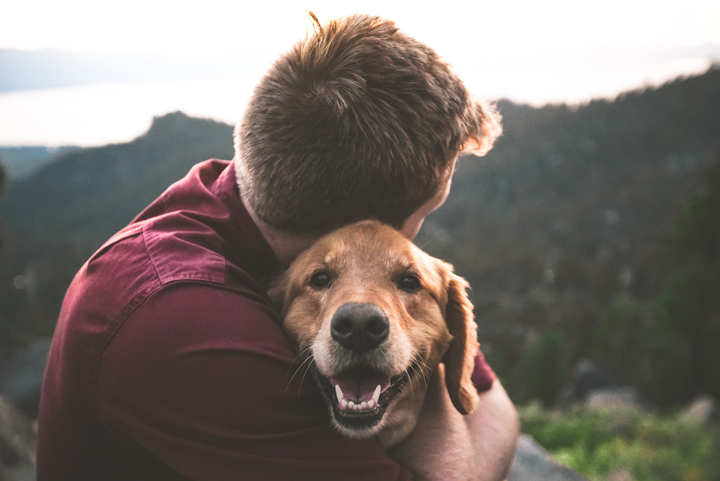
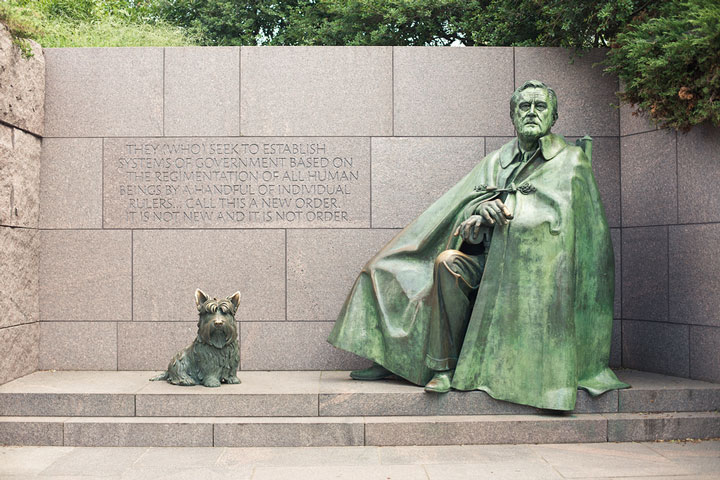
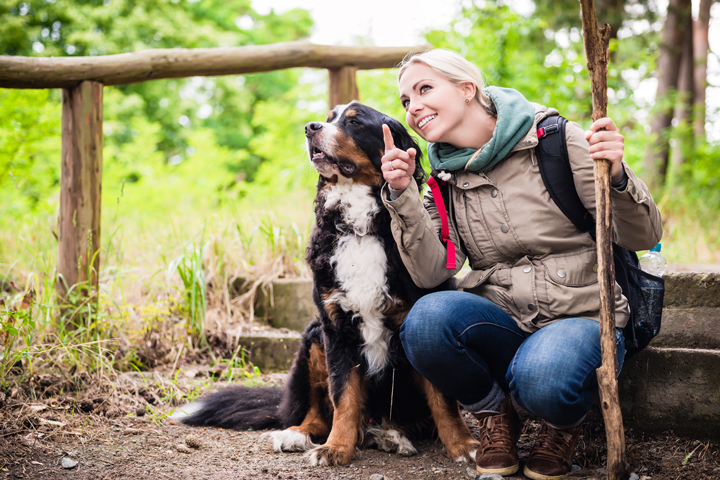
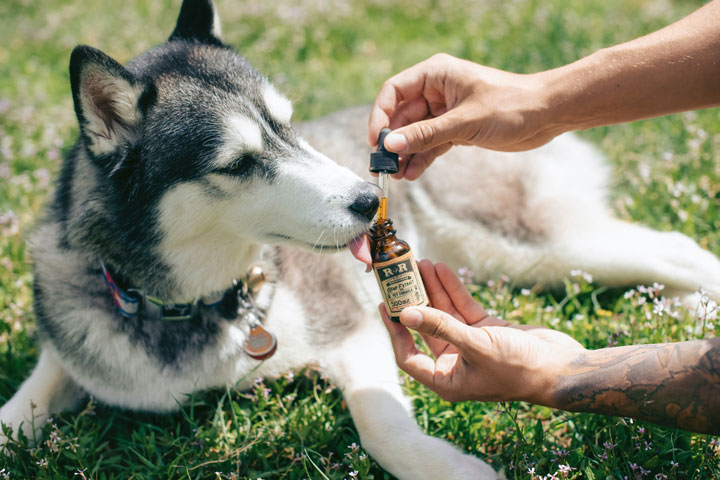
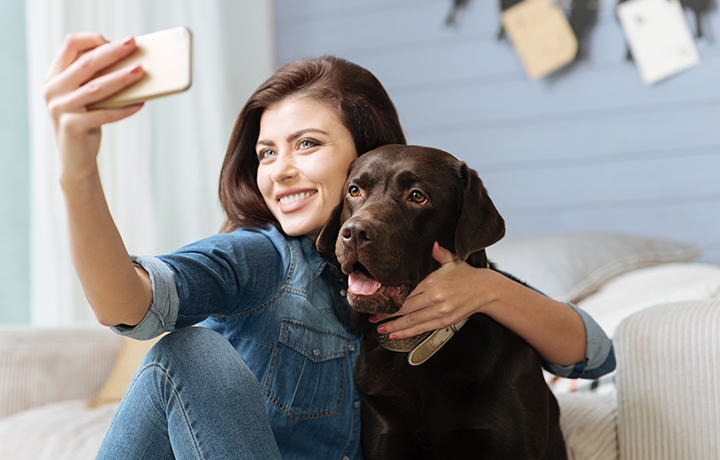
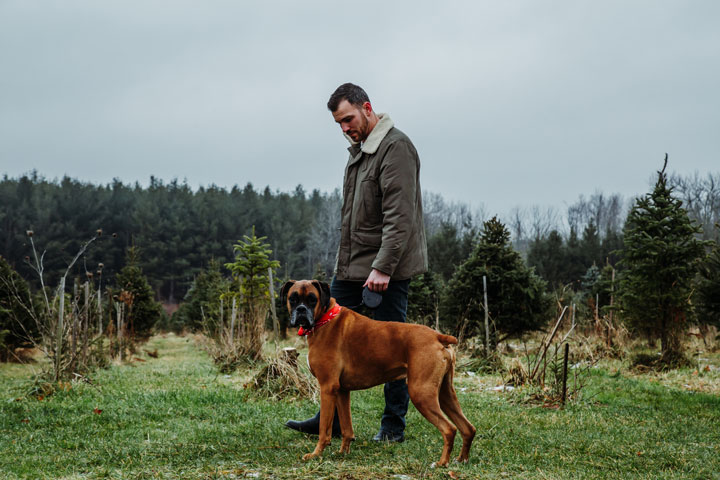

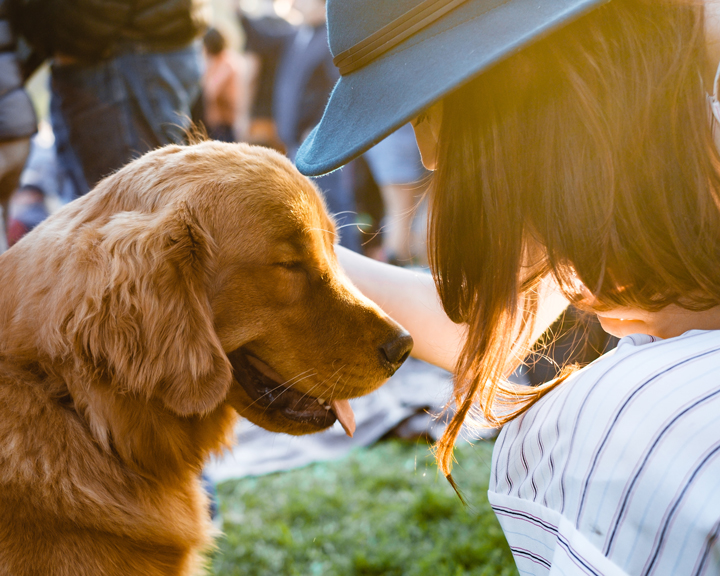
Of the things you listed here, I think that visiting the dog park without my dog would be a good idea. That way, I can get an idea of what dogs and people will be there when I decide to take them. I’ll want to make sure that people are paying attention to their dogs and not each other.